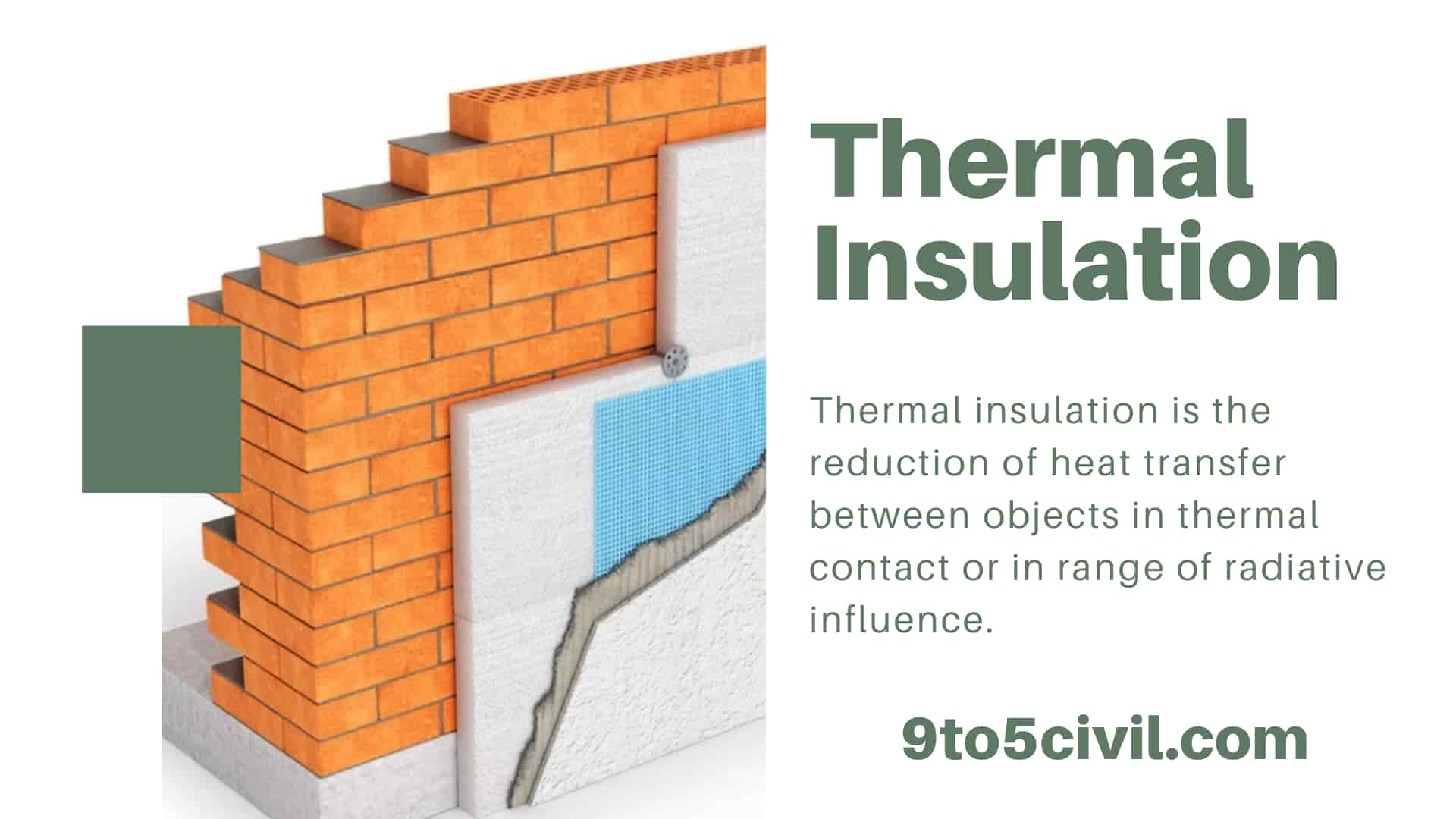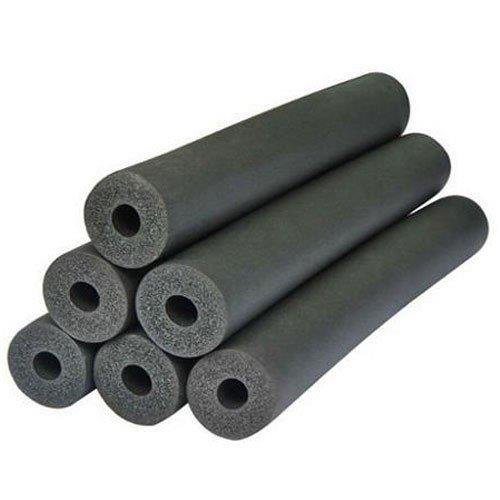Understanding Thermal Conductivity: How Materials Respond to Temperature
Thermal conductivity, a fundamental property of materials, plays a crucial role in understanding how they respond to temperature changes. It is the ability of a material to conduct heat, measured by its thermal conductivity coefficient (λ). This coefficient determines how efficiently a material can transfer heat energy from one point to another. In essence, thermal conductivity is a measure of how well a material can insulate or conduct heat.
Materials can be broadly classified into three categories based on their thermal conductivity: conductors, insulators, and semiconductors. Conductors, such as metals, have high thermal conductivity and are excellent at transferring heat energy. Insulators, like wood or plastic, have low thermal conductivity and are poor at conducting heat. Semiconductors, like silicon, exhibit intermediate thermal conductivity and are commonly used in electronic devices.
Understanding thermal conductivity is vital in various industries, including construction, aerospace, and automotive, where materials are often subjected to extreme temperature fluctuations. By selecting materials with optimal thermal conductivity, engineers and designers can create more efficient and effective systems, reducing energy losses and improving overall performance.
Is Rubber a Good Insulator of Cold? Debunking the Myth
The notion that rubber is a good insulator of cold is a common misconception. In reality, rubber’s thermal insulation properties are not as effective as many people believe. With a thermal conductivity coefficient of around 0.15-0.20 W/mK, rubber is actually a relatively poor insulator of cold. This means that it can conduct heat energy relatively efficiently, making it less effective at keeping cold temperatures out.
In comparison to other materials, rubber’s thermal conductivity is higher than that of many common insulation materials. For example, foam insulation has a thermal conductivity coefficient of around 0.03-0.05 W/mK, while fiberglass has a coefficient of around 0.035-0.045 W/mK. This highlights the limitations of rubber as a cold insulator and raises questions about its suitability for certain applications.
So, why is rubber often mistakenly believed to be a good insulator of cold? One reason may be its ability to provide a physical barrier against cold temperatures, which can create a false sense of insulation. However, this physical barrier does not necessarily translate to effective thermal insulation. As a result, it is essential to understand the true thermal insulation properties of rubber and not rely on misconceptions or assumptions.
How to Choose the Right Insulation Material for Your Needs
Selecting the appropriate insulation material is crucial for achieving optimal thermal performance in various applications. With numerous insulation materials available, it’s essential to consider several factors to make an informed decision. When asking “is rubber a good insulator of cold,” it’s vital to understand that rubber is just one of many options, and its suitability depends on specific requirements.
Temperature range is a critical factor in choosing an insulation material. Different materials have varying temperature tolerance, and some may degrade or lose their insulating properties at extreme temperatures. For example, foam insulation is suitable for temperatures up to 200°F (93°C), while fiberglass can withstand temperatures up to 500°F (260°C).
Moisture exposure is another important consideration. Insulation materials that are prone to water absorption or damage can compromise their thermal performance and lead to mold growth or structural issues. In such cases, materials like rubber or silicone-coated insulation may be more suitable due to their water-resistant properties.
Cost is also a significant factor in selecting an insulation material. While some materials may offer superior thermal performance, they may be more expensive than others. A cost-benefit analysis can help determine the most suitable material for a specific application.
Other factors to consider include material durability, ease of installation, and environmental impact. By evaluating these factors, individuals can make informed decisions about the most appropriate insulation material for their specific needs, whether it’s rubber or another material.
Rubber’s Role in Insulation: When and Why It’s Used
Rubber is often used as an insulation material in specific applications where its unique properties provide advantages over other materials. Despite its limitations as a cold insulator, rubber’s flexibility, durability, and water resistance make it an attractive option in certain scenarios.
In construction, rubber insulation is commonly used in waterproofing applications, such as roofing and foundation insulation. Its ability to withstand water exposure and maintain its insulating properties makes it an ideal choice for these applications. Additionally, rubber’s flexibility allows it to conform to irregular surfaces, making it a popular choice for insulation in complex geometries.
In the automotive industry, rubber insulation is used to reduce noise, vibration, and harshness (NVH) in vehicles. Its ability to absorb vibrations and reduce noise levels makes it an essential component in vehicle design. Furthermore, rubber’s resistance to oil and fuel makes it a suitable material for insulation in engine compartments.
In aerospace applications, rubber insulation is used to provide thermal protection and reduce heat transfer in extreme temperature environments. Its low thermal conductivity and high temperature tolerance make it an ideal material for insulation in these applications.
While rubber is not always the best choice for cold insulation, its unique properties make it a valuable material in specific applications. Understanding its strengths and limitations is crucial in determining when and why rubber is used as an insulation material.
Comparing Rubber to Other Insulation Materials: A Thermal Performance Analysis
When evaluating the thermal insulation properties of rubber, it’s essential to compare its performance to other common insulation materials. This analysis helps to understand the strengths and weaknesses of rubber as an insulation material and identify suitable alternatives for specific applications.
Rubber has a thermal conductivity of around 0.15 W/mK, which is relatively high compared to other insulation materials. For example, foam insulation has a thermal conductivity of around 0.03 W/mK, while fiberglass has a thermal conductivity of around 0.04 W/mK. Reflective insulation, on the other hand, has a thermal conductivity of around 0.01 W/mK.
In terms of R-value, which measures the thermal resistance of a material, rubber has a relatively low R-value of around 0.5-1.0 per inch. In contrast, foam insulation has an R-value of around 3.5-4.5 per inch, while fiberglass has an R-value of around 2.5-3.5 per inch. Reflective insulation has an R-value of around 5.0-6.0 per inch.
While rubber is not the most effective insulation material in terms of thermal performance, it has other advantages that make it a suitable choice in specific applications. Its flexibility, durability, and water resistance make it an ideal material for insulation in complex geometries and harsh environments.
When asking “is rubber a good insulator of cold,” it’s essential to consider the specific requirements of the application and compare the thermal performance of rubber to other insulation materials. By doing so, individuals can make informed decisions about the most suitable insulation material for their needs.
Real-World Applications of Rubber Insulation: Case Studies and Examples
Rubber insulation is used in various industries, including construction, automotive, and aerospace, due to its unique properties and advantages. Here are some real-world examples of how rubber insulation is used in these industries:
In construction, rubber insulation is used in waterproofing applications, such as roofing and foundation insulation. For instance, a rubber-based waterproofing membrane can be used to protect buildings from water damage and reduce energy losses. In a case study, a rubber-based insulation system was used in a commercial building, resulting in a 30% reduction in energy consumption.
In the automotive industry, rubber insulation is used to reduce noise, vibration, and harshness (NVH) in vehicles. For example, a rubber-based insulation material can be used to line the engine compartment, reducing noise levels and improving overall vehicle performance. In a case study, a rubber-based insulation material was used in a luxury vehicle, resulting in a 50% reduction in NVH levels.
In aerospace applications, rubber insulation is used to provide thermal protection and reduce heat transfer in extreme temperature environments. For instance, a rubber-based insulation material can be used to line the fuel tanks of aircraft, reducing heat transfer and improving overall fuel efficiency. In a case study, a rubber-based insulation material was used in a spacecraft, resulting in a 20% reduction in heat transfer.
While rubber may not be the most effective insulation material in terms of thermal performance, its unique properties and advantages make it a suitable choice in specific applications. Understanding the real-world applications of rubber insulation can help individuals make informed decisions about its use in their own projects. Remember, when asking “is rubber a good insulator of cold,” it’s essential to consider the specific requirements of the application and the advantages of rubber insulation.
Optimizing Rubber Insulation Performance: Tips and Best Practices
To maximize the insulation performance of rubber, it’s essential to follow proper installation, maintenance, and material selection guidelines. Here are some tips and best practices to help optimize rubber insulation performance:
Proper Installation: Ensure that the rubber insulation material is installed correctly, with no gaps or voids. This can be achieved by using the correct adhesive and following the manufacturer’s installation instructions. Additionally, ensure that the insulation material is properly secured to the substrate to prevent movement or displacement.
Maintenance: Regularly inspect and maintain the rubber insulation material to ensure its performance is not compromised. Check for signs of damage, wear, or degradation, and replace the material as needed. Additionally, ensure that the insulation material is kept clean and dry to prevent moisture accumulation.
Material Selection: Select the right type of rubber insulation material for the specific application. Consider factors such as temperature range, moisture exposure, and cost when selecting the material. For example, a rubber insulation material with a high temperature rating may be required for high-temperature applications.
When asking “is rubber a good insulator of cold,” it’s essential to consider the specific requirements of the application and the limitations of rubber insulation. By following these tips and best practices, individuals can optimize the insulation performance of rubber and ensure it meets their specific needs.
In addition to proper installation, maintenance, and material selection, other factors can also impact the insulation performance of rubber. These include the thickness of the material, the surface finish, and the bonding process. By considering these factors and following best practices, individuals can maximize the insulation performance of rubber and achieve their desired outcomes.
Conclusion: The Truth About Rubber as a Cold Insulator
In conclusion, the question “is rubber a good insulator of cold” is a complex one that requires a nuanced understanding of rubber’s thermal insulation properties. While rubber is not the most effective insulation material in terms of thermal performance, it has its advantages and limitations in specific applications.
Throughout this article, we’ve explored the thermal conductivity of rubber, its comparison to other insulation materials, and its real-world applications in various industries. We’ve also discussed the importance of proper installation, maintenance, and material selection to optimize rubber insulation performance.
It’s essential to understand that rubber is not a one-size-fits-all solution for insulation needs. Its thermal insulation properties make it suitable for specific applications, such as waterproofing and noise reduction, but it may not be the best choice for cold insulation applications.
By recognizing the strengths and weaknesses of rubber as an insulation material, individuals can make informed decisions about its use in their projects. Remember, when asking “is rubber a good insulator of cold,” it’s crucial to consider the specific requirements of the application and the limitations of rubber insulation.
In the end, a thorough understanding of rubber’s thermal insulation properties is key to unlocking its full potential in various industries and applications. By following the tips and best practices outlined in this article, individuals can maximize the insulation performance of rubber and achieve their desired outcomes.





.jpg)